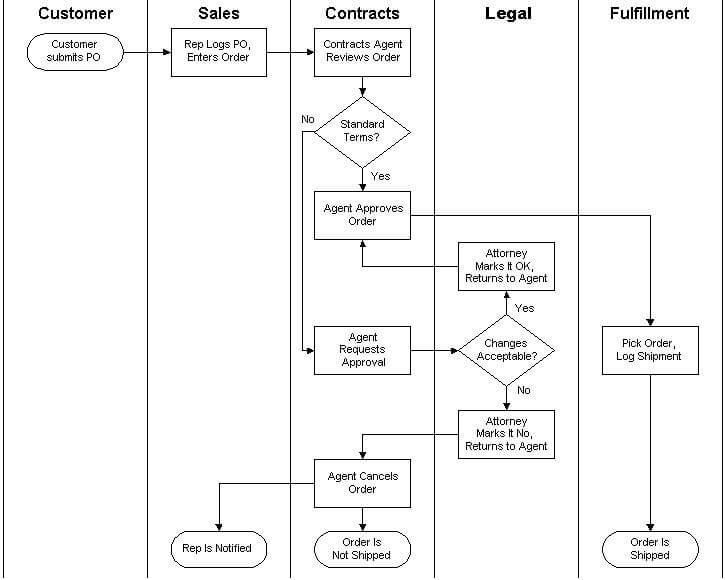

Indings of neuroscience, behavioural research, and economics show a "striking convergence on a set of common principles that account for the potent effects of early environment on the capacity of human skill development", which affirms the need for greater investments in disadvantaged children in the early years of the life course (Knudsen et al., 2006 as cited in Welsh et al., 2010, p. There is growing evidence of the success of developmental crime prevention and early intervention: Developmental crime preventionĭevelopmental crime prevention focuses on early intervention through the reduction of risk factors associated with later criminality and the strengthening of protective factors (France and Homel, 2007 Farrington and Welsh, 2007). By covering each in more detail, important theories and concepts will be introduced and some of the challenges of implementing each type of crime prevention will be explored.

This section provides a detailed explanation of the crime prevention approaches included in Tonry and Farrington's typology. Topic two continued - Detailed explanation of Tonry and Farrington's typology


 0 kommentar(er)
0 kommentar(er)
